Seeking to live a healthy and holistic lifestyle often means constructing an elaborate, personalized, metaphorical toolbox of tips, exercises and remedies to facilitate and maintain health in as natural a manner as possible. Chiropractic care is of course a major part of that, working with your DC to outline a tailored care plan for optimized health. Some chiropractors like to focus on pressure point therapy or trigger point therapy to promote relaxation, relieve tension and pain. Though deep pressure point therapy requires a licensed chiropractor or primary care professional, there are exercises that can be performed at home to achieve some therapeutic benefits. Remember, however, that the science is still being studied, so the full benefits are as yet unknown, but many utilize pressure point therapy because side effects are limited and the potential benefit is notable.
What are Pressure Points and How are They Interfered With?
Put simply, pressure points are defined as a part of the body where stress and tension culminate into pain. It can be a manifested as an area of nerve interference in soft tissues or result from a building of waste products in muscle fibers. The Foundation for Chiropractic Progress (F4CP) details various interferences that can create pressure point pain in their presentation “Pressure Point Therapy”.
Stress, trauma, weather, environment and misalignment are all potential sources of nerve interference. Stress will often cause a tensing of the muscles as a natural response to guard against pain and injury, but in doing so, it actually causes pain, tightness or soreness of the muscles and possible pain spasms. Flare-ups of chronic conditions like arthritis are also possible as stress can lower pain threshold.
Nerves send sensory information to the brain, so any trauma that affects the nerves can produce significant pain signals and possibly inhibit normal muscle movements and functionality. Weather factors in when barometric pressure in the atmosphere is low, as decreased air pressure in the environment lessens the pressure on the human body, allowing for joints in the body to swell and potentially become irritated. The lowered barometric pressure also leads to cooler weather on average – not an ideal recipe for joints. Cold can settle into muscles, joints and ligaments to make them stiff and painful. Don’t disregard other environmental elements as well, which can have varying effects on mental and physical health.
Lastly, spinal misalignment or subluxation can cause strain and pressure point pain. Patients can also experience limb numbness, sleep difficulty or respiratory issues. Self-assessment of pressure points can be helpful as needed, taking the time to find and apply pressure or massage to affected areas until pain fades or for a maximum of 90 seconds.
Pressure Point Hand Exercises
(Text adapted from Healthline’s “8 Pressure Points on Your Hands”. Photos from PsychicCafe.)

Heart 7
Find the heart 7 pressure point in the wrist crease, lining up with the space between the ring and pinkie finger. Feel the bone directed aligned next to the pressure point. Reflexologists recommend putting gentle pressure on this spot, and it can help with anxiety, sleep and depression.
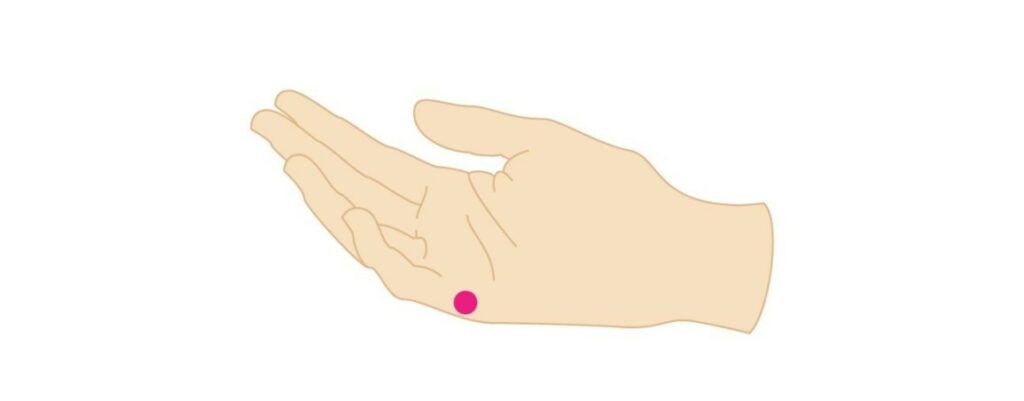
Small Intestine 3
This pressure point is located on the outside of your hand, nearing the edge and in the depression just below the pinky finger. Firm pressure placed here is thought to relieve neck pain, earaches and headaches blooming from the back of the head.
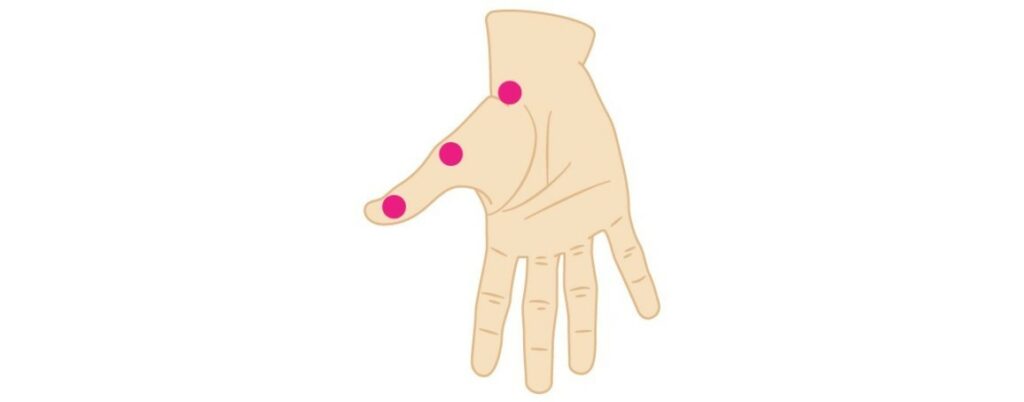
Lung Meridian
This pressure point is more of a trio line at the edge of the hand from tip of the thumb to the top of the palm. Run a finger over this line, conducting a body to see if any sore spots emerge. If a sore spot is detected, gently massage it until tension is relieved. This is believed to help cold symptoms like sneezes, chills, runny nose and sore throat.
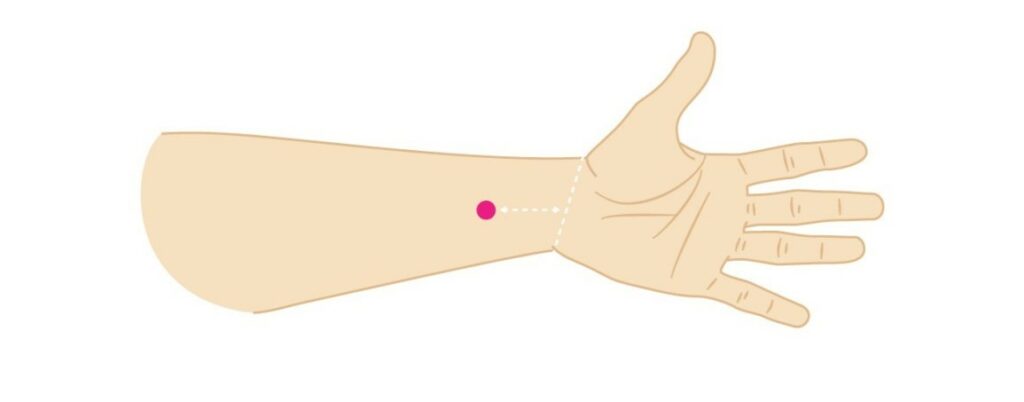
Inner Gate Point
Hold out both hands as if reaching for a gift, then put your wrists together. One hand will feel roughly three centimeters out from the top of the palm. Massaging this point is thought to aid digestion, nausea and stomach pain.
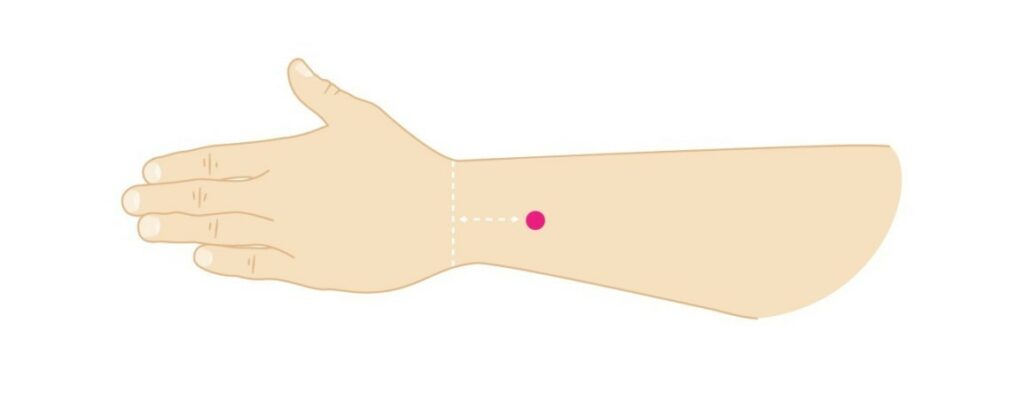 Outer Gate Point
Outer Gate Point
Find this point between two tendons on back of the arm, opposite the inner gate point. Place three fingers from your other hand above the wrist and use them to apply firm pressure to this part of the hand. This is thought to boost immunity and energy levels for short periods.

Wrist Point 1
Wrist point 1 is, predictably, on the wrist. Take a finger down the pinky to the wrist crease, in line with your finger. Press to promote emotional regulation.
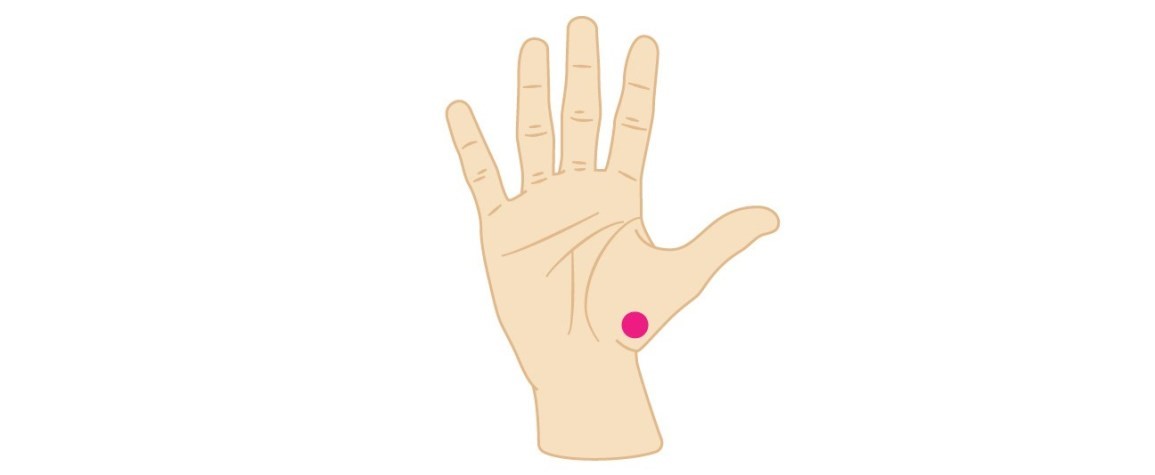
Base of the Thumb Point
The bases of the thumb point are also on the wrist, so run a finger from the thumb to the wrist crease at the thumb’s base before applying gentle pressure and massaging. This pressure point work is thought to alleviate breathing and respiratory difficulties.
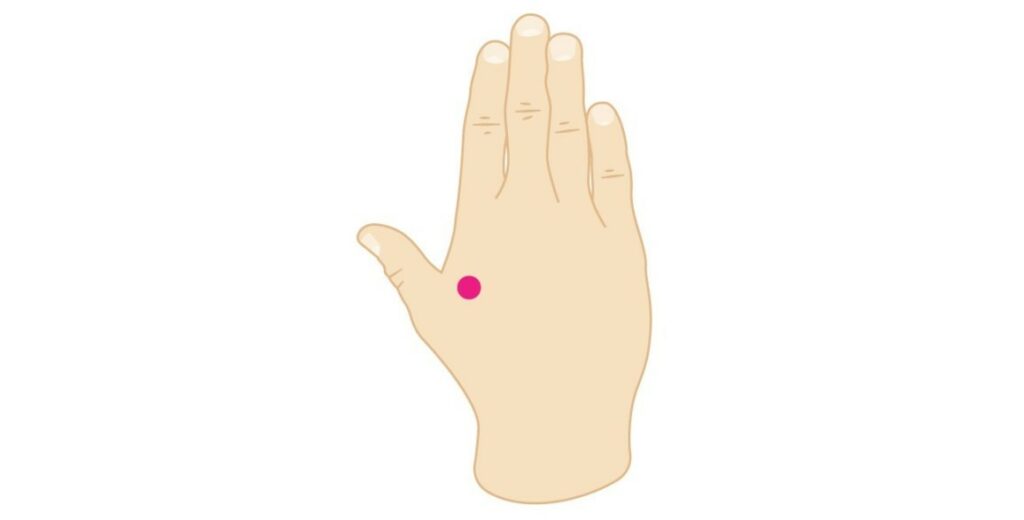
Hand Valley Point
In the firm skin between the thumb and index finger, this pressure point under firm touch is thought to reduce stress, relieve migraines, shoulder tensions and even toothaches.
Other Pressure Point Resources

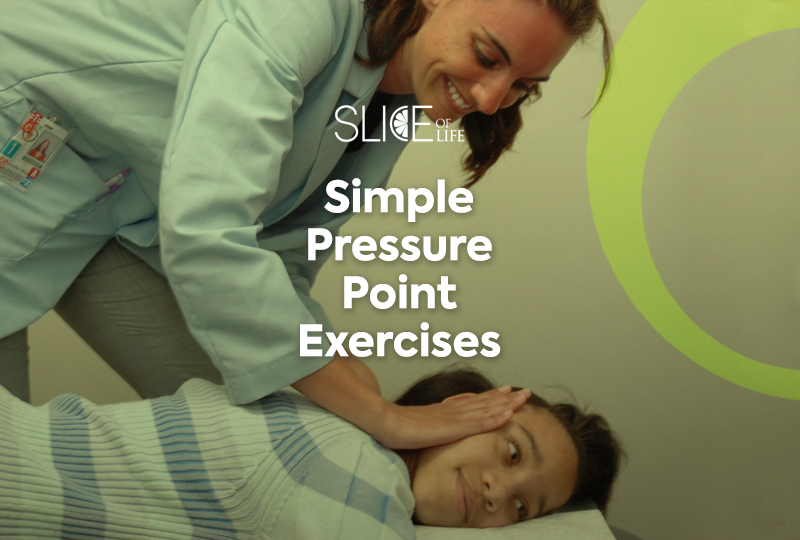
Social Media